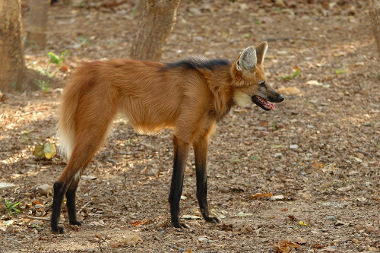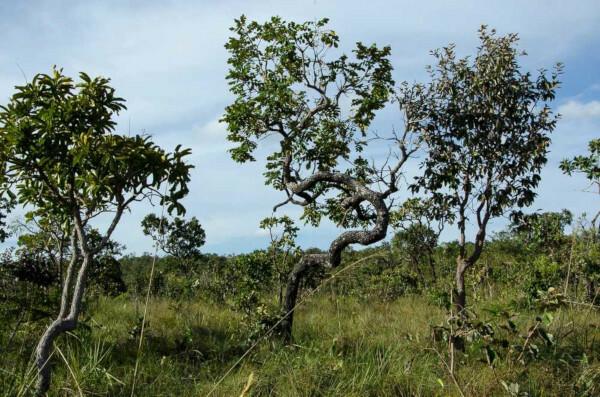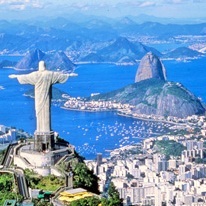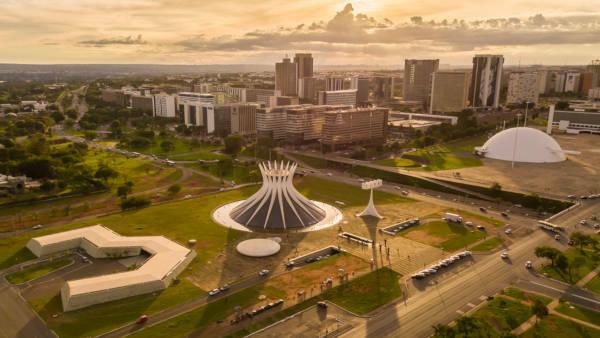One of the richest and most important natural domains in Brazil is the thick, located in a good part of the Midwest region and also in parts of the North, Northeast and Southeast regions of the country. Although its environment has important environmental functions for animal and plant species and also for springs and beds of rivers, its devastation process has increased over the last decades and much of its original formation was destroyed.
The deforestation process in the Cerrado was consolidated throughout the second half of the 20th century, thanks to the advances of agriculture in the interior of the country during this period. Data reveal that less than 48% of the original vegetation is totally or partially conserved, and for worsen, deforestation has been increasing to a large extent in recent years, being even greater than that of the Amazon.
The main causes of the devastation of the Cerrado are the advance of burning and the removal of its forests for land use in agriculture. The area of its original occupation is configured, today, as the main supplier of grains in Brazil, with emphasis on soy, which is mainly aimed at the foreign market. This process occurred thanks to advances in cultivation systems, which allowed the installation of crops in places previously considered unsuitable, because the Cerrado soils are very acidic and only the application of liming (correction of the soil pH through the addition of limestone) can correct this difficulty.

Area of occupation of the Cerrado in Mato Grosso for large-scale soybean cultivation *
Another reason was the lack of interest of the public authorities in preserving this natural domain, given the limited efforts of its conservation throughout the 20th century and the non-inclusion of the Cerrado in natural preservation areas in the Constitution enacted in 1989. Furthermore, only 3% of the Cerrado area is formed by reserves and conservation units, which is considered a very low index. It is also worth remembering that even these environmental protection areas are under pressure from farmers and land grabbers for their occupation.
Do not stop now... There's more after the advertising ;)

Maned wolf, a typical Cerrado species that could become extinct
Only in recent years have public measures to preserve the Cerrado been adopted, causing, as of 2006, its destruction process to decrease, although it is still high. Data from the International Conservation Organization estimate that, if the Cerrado's devastation process continues, its reserves will only last until 2030.
The main consequences of deforestation in the Cerrado biome involve the extinction of some animal and plant species, with the loss of biodiversity, in addition to the impact generated on the bed of many important rivers for the country, such as the São Francisco, which will have less and less springs. Another effect is the degradation of other natural domains that depend directly and indirectly on the Cerrado biome, which mainly includes the Pantanal of Mato Grosso.
Currently, the Cerrado is considered a hot spot, a term that refers to the set of areas of the planet with high biodiversity and which are under threat, requiring greater attention in order to maintain their preservation. In Brazil, there is only one more hot spot in addition to the Cerrado, which is the Atlantic Forest. It is expected that, in the near future, the devastation of this important natural domain will be completely interrupted and at least some parts of its vegetation will be reforested and recovered.
________________________
* Image credits: AFNR / Shutterstock
By Me. Rodolfo Alves Pena
Would you like to reference this text in a school or academic work? Look:
PENA, Rodolfo F. Alves. "Deforestation of the Cerrado"; Brazil School. Available in: https://brasilescola.uol.com.br/brasil/desmatamento-cerrado.htm. Accessed on June 27, 2021.
geography of Brazil

See here the most important characteristics of the Cerrado, such as location, fauna, flora, climate, vegetation, aquifer potential, soil characteristics and devastation.


